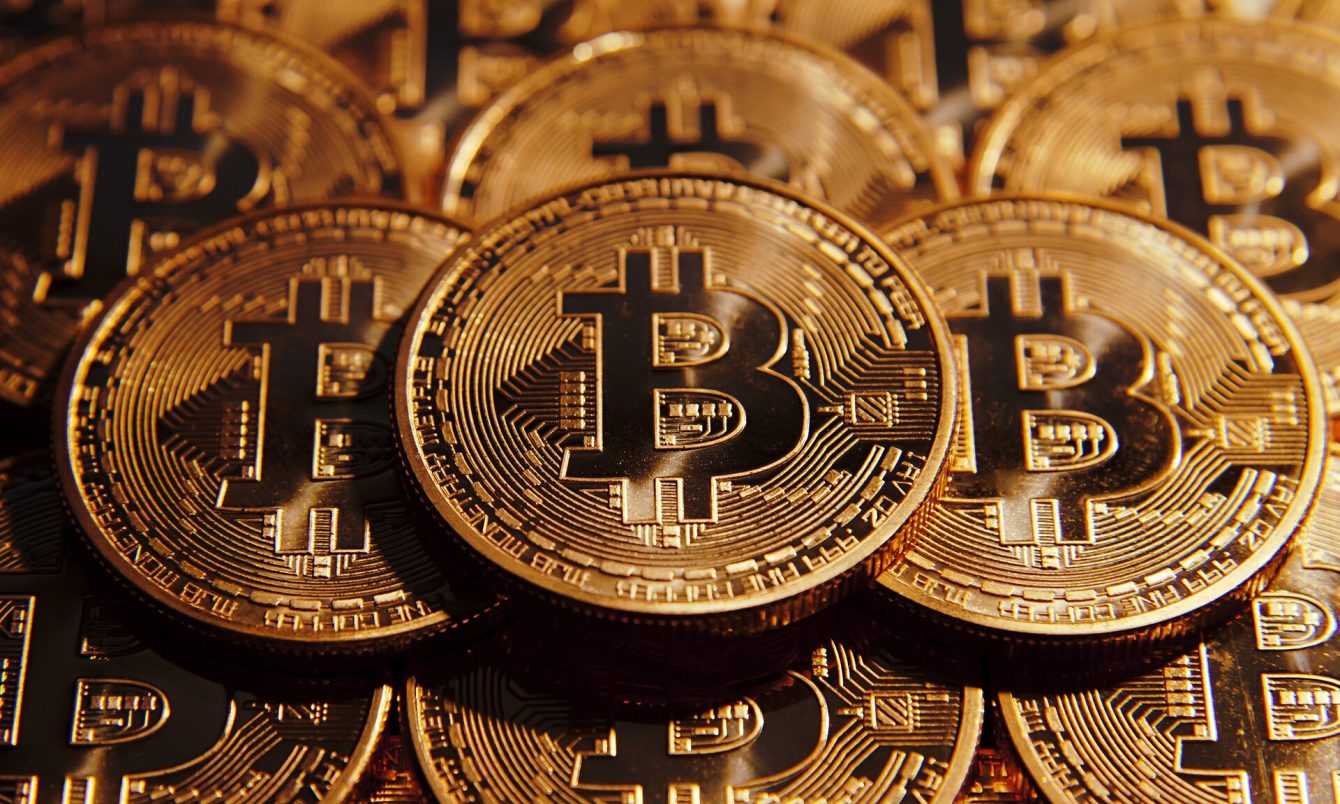Let’s discover together, in this dedicated article, some important things to know about the concept of Bitcoin and who controls the currency
It was once believed that a central entity, such as a large bank or government, should back a currency and work to back it stability of the economy.
Only a few decades ago, however, the so-called debt economy began to take shape, driven by inefficient monetary policy. It’s the era we find ourselves in today, an era where central banks can literally create money and print new banknotes out of thin air without having any backing from a tangible asset (like gold, for example).
As seen over the years during the global pandemic during 2020, excessive money printing in the trillions, while a short-term solution, creates major long-term problems.
In April 2022, the Consumer Price Index for all urban consumers in the United States – a widely used metric for measuring inflation levels, recorded at 8.3%. This erodes the value of the currency over time.
Bitcoin, on the other hand, it gives us complete control. It is governed by mathematics based on a transparent algorithm, verifiably predictable and unaffected by human decisions. It gives us complete control over the money we hold.
Behind the scenes: the Bitcoin blockchain
The Bitcoin protocol is based on distributed ledger technology, also commonly called blockchain. It represents a ledger of blocks, each consisting of all transactions in the history of Bitcoin.
This technology draws power from its nodes: computers that have installed Bitcoin software and are actively validating transactions and powering the blockchain. They are spread all over the world and anyone can create a node to protect the network.
This is what Bitcoin is for decentralized: There is no single entity, be it a bank, a company or a government, that controls the network or is capable of shutting it down.
Who is eligible to create a Bitcoin account?
Whoever. This has many advantages and perhaps the most important are accessibility and resistance to censorship.
You see, banks create policies and customers must obey. If they don’t, banks have the power to close their accounts. They can also cancel or freeze transactions. This cannot happen with Bitcoin: there is no central authority. Oh, and the Bitcoin network runs 24/7/365.
In terms of accessibility, literally anyone in the world with access to the Internet can obtain, send, store and transact with Bitcoin and open a “Bitcoin account”. Furthermore, those who want assistance can also use modern trading platforms as immediate puzzles, where you can find dozens of tools to be successful with cryptocurrencies, not just Bitcoin.
All they have to do is download a digital wallet app. Sending a large amount of BTC is much faster and cheaper than sending fiat currency via traditional bank transfers.
Bitcoin Creation: What is Bitcoin Mining?
The process that makes the Bitcoin network possible (read: validating, verifying, and processing transactions) also creates new coins.
When Joe wants to send Annie some BTC, he creates a transaction, signs it with his private key, and broadcasts it to the network. This is where miners come in.
Miners validate and verify transactions, insert them into blocks and add them to the public register (i.e. the blockchain). For their work they receive a block reward and a mining fee.
Here comes the beauty of the Bitcoin algorithm: freshly mined Bitcoins will never exceed 21 million – this is the total number of BTC that can ever be created. Until then, anyone can verify exactly how much BTC miners receive.
When was the first Bitcoin mined?
The first Bitcoin was extracted January 3, 2009. Known as the “Genesis block,” block number 0 featured a 50 BTC reward for miners. Interestingly, it also contained a message, which referenced an article published in the Times.
What is the miners’ reward?
There are two types of rewards that miners earn: the first is the fee for validating transactions, and the second is the reward for successfully adding a new block to the public ledger.
To add a block, the miner must solve a cryptographic problem, and the first to do so receives the so-called “block reward.” This is a fixed number of BTC. At the time of writing, each block carries a reward of 6.25 BTC.
Bitcoin’s algorithm, however, is designed such that this reward is reduced by half every 210,000 blocks mined – this happens approximately once every four years, and this event is known as the Bitcoin halving. The last one was in May 2020. The next one is expected to take place in 2024 and will reduce the reward miners receive by half.
So why isn’t everyone mining?
Well, mining is essentially a process of solving difficult mathematical cryptographic problems based on a hashing algorithm, and this process becomes more difficult depending on how many miners there are.
In the early years of Bitcoin, a personal computer with a regular GPU could produce enough electricity to mine BTC. However, competition has grown enormously since then and it is large companies that are expanding their operations and investing millions in mining equipment.
It is worth pointing out that only 21 million coins will exist. Once this number is reached (which is estimated to happen around 2140), no new BTC will be created and miners will only be compensated with fees.
Continue to follow us here on techgameworld.com!
















Leave a Reply
View Comments